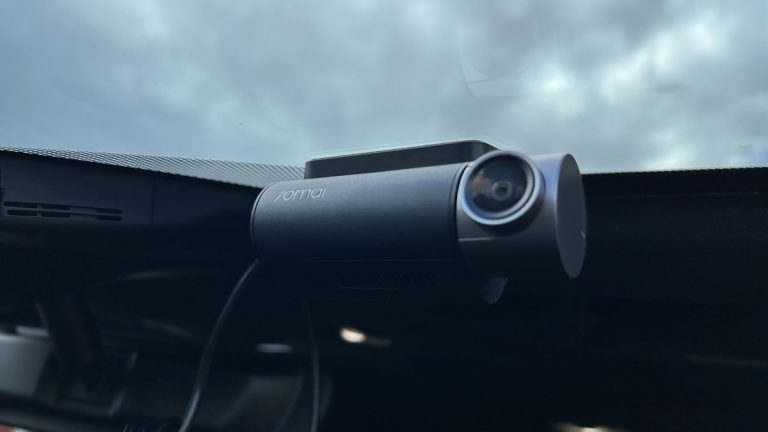AMD Ryzen 9 9950X: Unleashing the Power of 16 Cores and 32 Threads in a High-Performance CPU Review

It’s finally time to dig into AMD’s most powerful Zen 5 desktop processor, the Ryzen 9 9950X. We’re taking a thorough look at this CPU, just like we always do, with a focus on gaming performance, video editing, and 3D modeling – the things that matter most to PC enthusiasts.
To be honest, dual CCD Ryzen CPUs haven’t always been the best option for gamers. They’ve always been a good choice for people who need a reliable CPU for work and gaming, without having to upgrade to a separate gaming-focused computer. In an ideal world, one CCD cranks out the highest performance while the other acts as backup for resource-intensive productivity workloads.
Unfortunately, in practice, the dual CCD design can often end up hindering gaming performance, not to mention productivity tasks that don’t need high core counts. So, when you’re shopping for a Ryzen CPU, do you go for a more powerful model with higher clock speeds or a cheaper model with fewer cores? For most people, it comes down to budget.
It’s not all doom and gloom, though. For people who actually do use their CPUs for things like video editing and software development, the 16-core/32-thread 9950X might actually be a great option – even if it doesn’t bring much to the gaming table. But if gaming is your top priority, the 9950X might be a letdown.
To be blunt, the Ryzen 9950X’s performance in games is disappointing. The good news is that you didn’t need to shell out a small fortune to get a Ryzen 7 processor, only to have its performance bottlenecked by software that’s not optimized for the architecture. And to make matters worse, even if you do choose the 9950X for its impressive core count and 64MB of L3 cache, there are still limitations to be found in terms of its overclocking potential.
As someone who’s been waiting with bated breath for Zen 5, I gotta say that the hype isn’t entirely justified. On the gaming side, there just aren’t enough real-world improvements to make up for the 9950X’s lack of impressive performance. And while AMD claims that Zen 5 is a major step forward for energy efficiency and overall performance, the benchmarks show that this CPU’s not really a game-changer in terms of its 3D modeling or rendering capabilities either.
I do think there’s value to be found in the Ryzen 9 9950X for people who aren’t as concerned about gaming, but for everyone else, there are probably better options available. And yes, even with all those extra cores, you do have to reinstall Windows just to get the best possible performance – which, for me, is just plain inconvenient.
So what should you do if you’re in the market for an AM5 processor? Unless you have a specific use case that requires an overwhelming amount of processing power, I’d recommend sticking with something like the 7950X3D – a great value for its price at $530. Or if you’re on an even tighter budget, the 7900X3D for $400 might still offer more than enough to satisfy your gaming needs.
All in all, it’s tough to find excitement in the Ryzen 9950X, at least not when it comes to gaming or 3D modeling. But for users who do need its power and can stomach the complexities that come with dual CCD design, it might just be the right fit – even if it is overkill for most applications.






